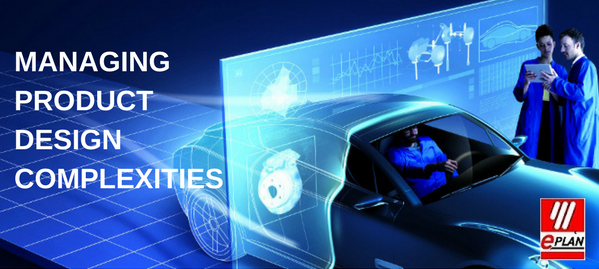The complexity of modern products, as well as the associated manufacturing processes, has increased over the past few decades and there is evidence the trend will continue. Complexity means functionality. Consider how many things can be done with smartphones, in addition to making phone calls. Think of automobiles, which can maintain distance from the car in front, or engage emergency braking, not to mention warn drivers if they drift from one lane into another. Evidently, an increase in complexity points to growth, to evolution. Think of the biosphere. From single-cell organisms, capable of performing only basic functions, evolution has spawned intelligent and sentient beings. So, on paper, an increase in complexity is good, but it comes at a price.
Creating a Definition
Let’s first define complexity. Complexity is not about counting the number of parts or components in an assembly, or the number of functions a product performs. Complexity is a function which takes into account two major aspects of a system: the topology of the information flow inside it — basically the “mapping” of what happens between the inputs — and the outputs and the “uncertainty” involved in this flow. This second component, of paramount importance in nature, is called entropy. In engineering, entropy has many faces: manufacturing tolerances, scatter in material properties, assembly imperfections, uncertainty in operational conditions, etc. The more entropy, the less accurate and predictable a system’s behavior is. But, because in nature entropy can only increase, things degrade and become less predictable and precise. In essence, the number of inputs and outputs, as well as the network of inter-dependencies between them define how complicated — not complex — a system is.
When entropy (uncertainty) is added to the picture, we obtain a measure of complexity. Complexity manifests itself in the ability of a system to deliver unexpected behavior. A complicated watch movement cannot deliver surprises. A child can. The higher the complexity the more “modes of behavior” a given system can embrace. This means that if products become more sophisticated and more functional, it is necessary to resort to higher manufacturing quality, to better materials, and to stricter tolerances to maintain quality and avoid surprises. Continue Reading Article






